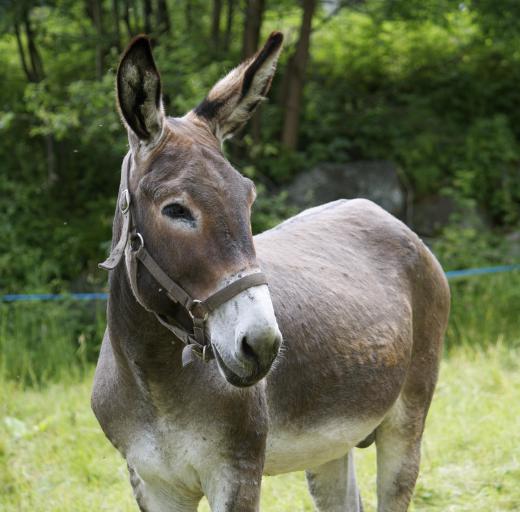The word "pug" means "to mix with water to make more elastic." A pug mill, then, is a machine used to grind and mix wet and dry materials, usually for clay, asphalt and similar compounds. Generally, a pug mill consists of a container and one or more rotating arms with blades or paddles on them. These act like a blender, producing a smooth, moist mixture that is easy to work with.
The pug mill has been in existence since at least the early 1800s. Initially, it was powered by horses or mules. Electric pug mills then became common in industry, though the basic design has remained similar.

Potters rely on these blenders to simplify the process of making and recycling clay. Clay can be mixed from scratch in a dedicated mixer or in a combined mixer/pug mill. Used clay can also be added to the mill to be re-incorporated. Once the clay is mixed, the mill is used to create a uniform consistency and moisture level. A good pug mill, or one with a vacuum component, can also remove nearly all of the air from clay, preventing bubbles from creating thin spots in the finished work.
Making asphalt in this mill generally requires closer supervision than does making clay. The blades of the mill must be very close to the sides of the container so that none of the particles added to the asphalt can escape mixing. Likewise, the mill must be filled precisely to ensure proper mixing of materials. Speed and length of mixing are also key. Asphalt mixed too briefly or slowly may not have time to homogenize, while asphalt mixed for too long or too quickly can lose some of its durability.
Pug mills vary widely in size, power, capacity and configuration. Some have helix-shaped mixing blades, while others use easily replaceable paddles affixed to a rod for mixing. In addition to those intended for mixing clay and asphalt, the mills can be made to mix chemical or agricultural compounds.
Individuals should take care when cleaning or repairing a pug mill or when removing pugged materials from the mill. Some materials are quite heavy and are better suited to a pug mill with an extruder than one with hand removal. Also, this mill can be a powerful machine and can cause serious injury if used improperly.
